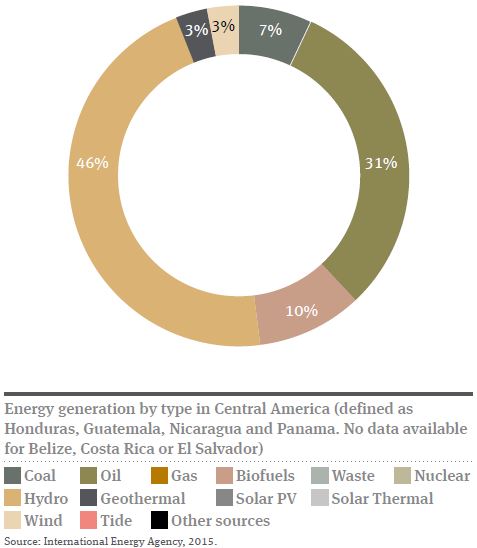The region’s dependence on hydropower has led to concerns about energy security, especially given recent, extremely dry weather that has resulted in electricity shortages. In response, the Central American countries commissioned the creation of a regional grid (SIEPAC) that would enable international power exchanges. They also established a regional electricity market and a regulatory commission. To reinforce this interconnection and to enable access to North American and South American markets, a Mexico-Guatemala interconnection was completed and a Colombia-Panama interconnection is under construction.
The biggest challenge facing SIEPAC has been the creation of a regulatory framework for trade, given the region’s different power market structures. Central America experienced a wave of market liberalisation reforms in the 1990s, during which El Salvador, Guatemala, Nicaragua, and Panama liberalised their entire electricity markets, unbundled their vertically integrated utilities, and opened areas of generation, transmission, and distribution to private competition. Honduras and Costa Rica preserved their vertically integrated utilities, which are state-owned and operate as a single buyer. In both countries, additional generation is purchased from Independent Power Producers (IPPs).
Infrastructure challenges can present major concerns for developing any energy project in Central America, renewable or otherwise. Whether these challenges are perceived or real, they are often cited as particularly concerning for renewable energy deployment, increasing the risks and costs associated with renewable investments and, in extreme cases, preventing a prospective project from being developed. The distribution of renewables often means that existing grid networks must be extended to account for new factors, such as suitable project siting in resource-rich zones, and the need to manage intermittent generation.

